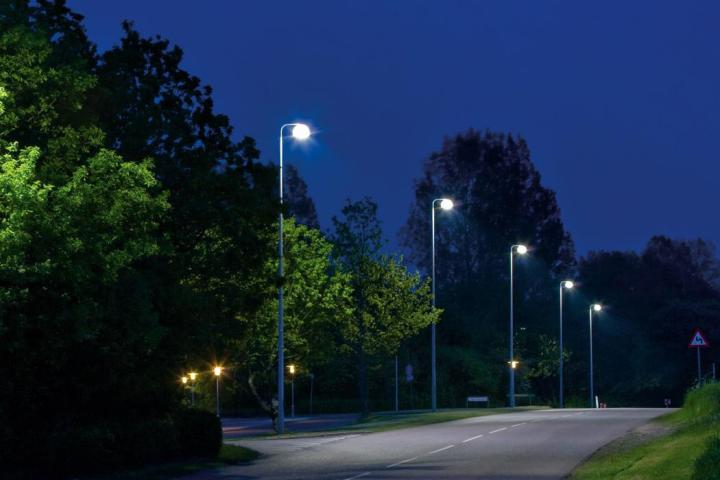
The LED retrofit will cost India Rs 2,500 crore ($380 million), but the long-term savings eventually eventually outweigh the upfront cost. The new LED bulbs will consume less energy and have a significantly longer lifespan (50,000 hours) than the existing halogen bulbs (2,000 hours). Because the LED bulbs last longer, India also will save money over time on the labor associated with replacing the bulbs — less frequent changes translates to less money spent on hiring people to install replacement bulbs. When completed, India will reduce its power load by 5 GW, saving almost 10.5 billion kWh every year. All things considered, this DELP program will save the country Rs 5,775 crore ($890 million) annually.
Lowering India’s energy consumption has been the focus of the government under India’s Prime Minister, Narendra Modi. Besides the streetlight initiative, Modi is requiring all government departments to install energy efficient lighting in their buildings and solar panels on the rooftops for power. Homeowners also are being encouraged to replace conventional bulbs with low power LED lighting via a government-sponsored subsidy program that’ll reduce the cost of LED bulbs.
The quest for energy efficiency has even extended beyond this government program with individual officials exploring how they can lower India’s power consumption. The National Security Advisor reportedly is exploring the idea of using solar panels in his private residence, while several other government leaders are working to provide off-grid power to villages using solar panels.




